A baby goat’s last day (Part 2): Of sex, milk, and babies
by Katerina Lorenzatos Makris ~
In a rural village on the Greek island of Kefalonia, our neighbor “Stephania” (not her real name), worked daily in a government office, but had not been paid for five months. Her husband had been out of work for a year. They had grown children, all unemployed.
Greece’s severe economic crisis hit them hard, she said.
I met Stephania and learned about her family’s situation as we walked in opposite directions on a gravel road through the fields and olive orchards behind the village church.
Please see the first article in this series, A baby goat’s last day (Part 1): An idyllic life.
For relief from the stress of trying to salvage our old, crumbling house here, and from the research I was doing on Greece’s animal issues, as well as from rescuing and re-homing stray dogs, I needed a good long walk.
After mutual introductions and a discussion about “the crisis,” as the country’s economic woes are commonly known, Stephania pointed at the small blue plastic pail she carried, and said she was going to get some milk from the goats of another neighbor.
“You mean, fresh milk?” I asked. “You’re going to milk them?”
She nodded. “So that I can make a little cheese. Would you like to come?”
Both she and the goats’ owner, our elderly neighbor Kostas (not his real name), agreed to let me take pictures.
As we approached the goat pasture Stephania called out to Kostas, “You didn’t tie her up?”
“Not yet,” he said.
“Should I get some corn?” Stephania asked.
He nodded, and she went into his garage to get a bucketful of dried corn kernels, then held out a handful to entice one of the females, who she said is called “Koula” (not her real name).
Unable to resist the treat, Koula came forward and allowed Kostas to hold her head while Stephania sat on an old vegetable crate, placed the bucket under the goat, then began squeezing her engorged teats.
Milk squirted into the pail. A black and white kitten showed up to watch.
Koula stood quietly. She did not look uncomfortable, just wary, as if she trusted humans, but only up to a point.
Lots of sex, lots of milk, lots of babies
“Are those her babies?” I pointed at the two youngsters whose antics I’d enjoyed watching for much of the winter. Privately I called the little female “Aspro,” meaning “white” in Greek, and named the male “Astio,” the word for “joke,” because of his playfulness.
Kostas nodded.
After less than five minutes of milking, they let Koula go, and lured one of her herdmates, “Lola,” (not her real name) to the milking spot.
I noticed that Lola had full teats, too, but there were no babies in the pasture other than Astio and Aspro.
“Where are Lola’s babies?” I asked.
Both Kostas and Stephania laughed nervously, then shrugged.
“Gone,” said Kostas.
“Slaughtered,” Stephania specified. “Eaten.”
“Is that the father of all the babies?” As I asked about him, the largest of the goats raised his head from a branch he was nibbling to look at me. “He seems smart. They all do.”
“That one’s definitely smart.” Stephania giggled and whispered, “Maybe because he has so much sex. Keeps his mind sharp.”
After Lola she milked one more goat, till she had a total of about three liters of their milk in the pail.
‘Factory farm’ undercover videos on Greek TV
“It helps my family economically,” Stephania explained, “to buy this milk from our neighbor then make cheese ourselves. And it’s healthier than what you get at the supermarket. On TV I’ve seen the videos about the big factory farms, the photos and films they take when nobody’s looking. The way they keep the animals, like the pigs, in tight little cages, where they can’t turn around. Horrible.”
“And the calves.” Kostas winced. “Tied up so they can’t move.”
“The two babies here…” I pointed at Astio and Aspro. “What’s their future?”
More nervous laughter.
“It’s Easter,” said Kostas with another shrug.
I suppressed a gasp. “Both of them?”
Kostas shook his head. “No. I’m keeping the white one. But the other… “
I looked at Astio. He and his sister left the twig they’d both been tugging at like a couple of puppies, and wandered out of the pasture to join their mother and the other females. “When?”
“Tomorrow morning.”
Method of slaughter
“Do you mind,” I ventured, “if I ask how the little goat will be killed?”
With a finger, Kosta drew a line across his own throat.
“The butcher makes a slice there,” Stephania said. “It’s very quick.”
“Where does this take place?” I asked.
“Right here. The butcher comes here. He makes house calls. I can’t do it myself.” Kostas shook his head.
Stephania looked down. “Kostas feels for them. I can’t do it either. Nor my husband. My husband can’t even kill a chicken.”
Read the next article in this series:
A baby goat’s last day (Part 3): A date with the butcher
Previous article in this series:
A baby goat’s last day (Part 1): An idyllic life
Get fresh AIR! Please click on the SUBSCRIBE button above to receive an email alert when we post new articles on a wide variety of animal issues.
Katerina Lorenzatos Makris is a career journalist, author, and editor. Credits include hundreds of articles for regional wire services and for outlets such as National Geographic Traveler, The San Francisco Chronicle, Travelers’ Tales, NBC’s Petside.com, and Examiner.com (Animal Policy Examiner), a teleplay for CBS-TV, a short story for The Bark magazine, and 17 novels for Avon, E.P. Dutton, Simon and Schuster, and other major publishers.
Together with coauthor Shelley Frost, Katerina wrote a step-by-step guide for hands-on, in-the-trenches dog rescue, Your Adopted Dog: Everything You Need to Know About Rescuing and Caring for a Best Friend in Need (The Lyons Press).
Please respect copyright law. Sharing AIR links really helps! But copying more than a couple of paragraphs of content without permission is a no-no. If you’d like to use one of AIR’s articles or one of our photographs, kindly contact us at [airinfo AT yahoo DOT com].
Copyright © 2014 Animal Issues Reporter and AnimalIssuesReporter.com.
All rights reserved.
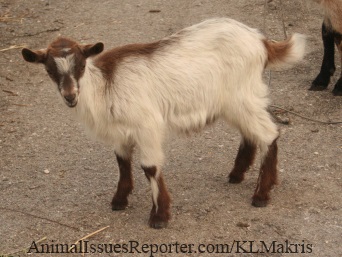
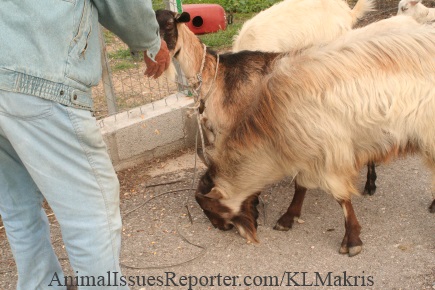
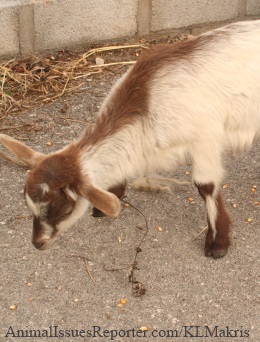
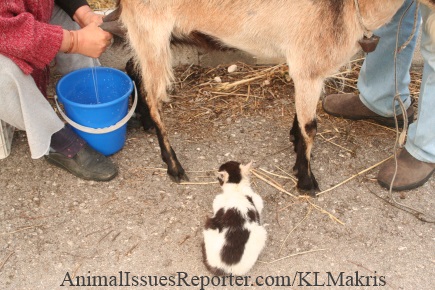
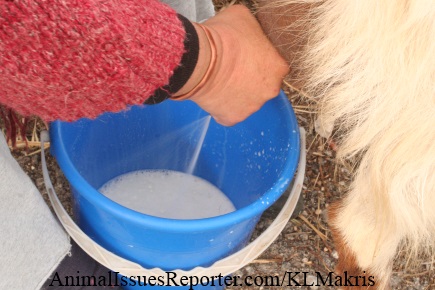
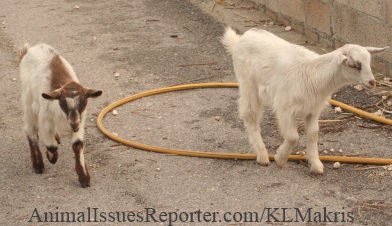
Leave a Reply